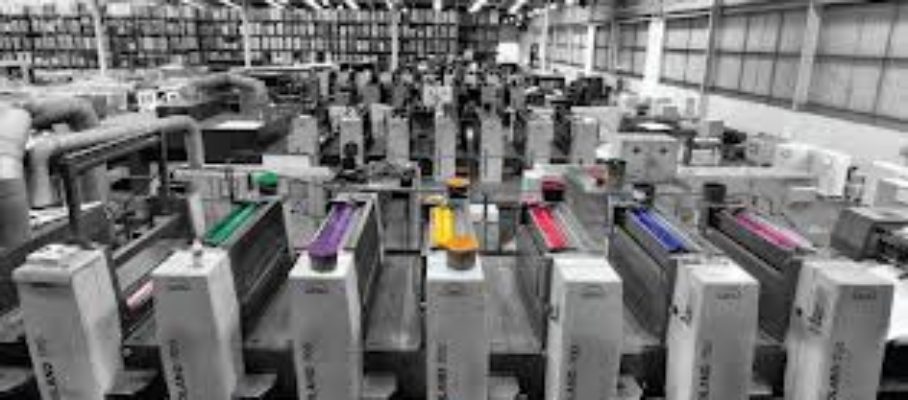Sep 18 2012
Packaging Europe – Benson Box Win BPIF Award for Lean Manufacturing
See on Scoop.it – lean manufacturing
Benson Group, one of the UK’s leading privately owned printed folding carton manufacturers, is delighted to detail that its Benson Box operation has been announced as the winner of the 2012 BPIF Excellence Award in the Lean Manufacturing category.
See on www.packagingeurope.com



Sep 19 2012
Lonnie Wilson: Does Your Business Have the Maturity of a Teen-ager? | IndustryWeek
See on Scoop.it – lean manufacturing
The answer may determine the success of your lean implementation. If it is ‘yes,’ what are you prepared to do?
See on www.industryweek.com
Share this:
Like this:
By Michel Baudin • Press clippings 0 • Tags: Lean, Lean implementation, Management